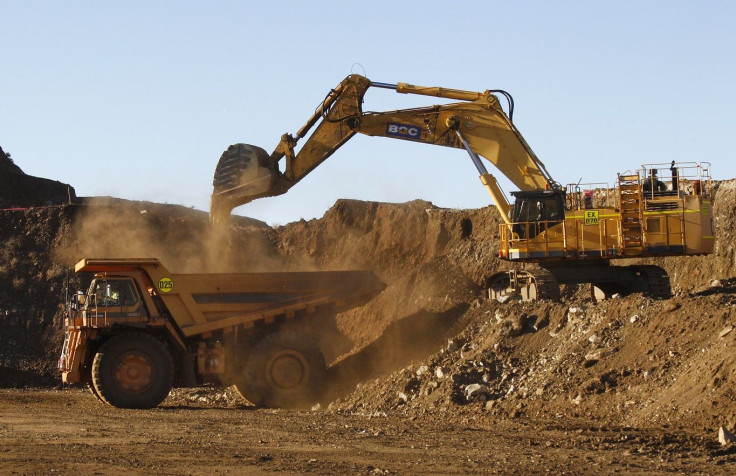Australian miners see hope in disappointing metal prices

In the recently concluded Diggers and Dealers Mining Forum held in Australia’s gold capital, Kalgoorlie, local miners tackled the difficulties surrounding the mining industry: the supply glut, decreasing demand, shrinking market caps and the global problems pulling prices down. Yet local miners were quick to dismiss that the mining boom could be over as reported, despite the fact that almost every commodity has underperformed this year.
"It was a tough year," Tim Richards, markets partner at Deloitte, admitted in a report. “Commodity prices were the real driver, almost every single commodity was down in the year to June 2015. Uranium was the only one that was actually up.”
But Australian miners are not only the ones suffering from stronger dollar prices, dismal Chinese data, lower oil value, and uncertainties brought about by the seemingly endless European crisis. Almost every mining company in the world today is suffering.
BHP Billiton, the largest mining company in the world, had endured a 5.7 percent slump to its lowest since March, while Freeport-McMoRan and Teck Resources lost more than 3 percent in U.S. trading last month — all because of investors’ ebbing interest in precious and base metal commodities.
The only thing that can turn [these losses] around are strong capacity cuts,” Colin Hamilton, London-based head of commodities research at Macquarie Group Ltd. told Bloomberg.
Perhaps the only winners of this supply glut-dismal demand quandary are the mining firms that are yet to show their “promise” as a producer or as an LME dark horse.
Amur Minerals Corporation ( London AIM: AMC ) , for instance, is still thrilling investors as it prepares for a global commerce appearance anytime soon. The Russia-based company, which has started to become the investors’ favourite last year for having a projected nickel ore production of 90 million tonnes, is said to be the next high-grade ore producer outside Asia. Its share prices remain relatively high amid dismal global nickel prices.
The slowing activity in China is a serious threat to miners across the globe, and local miners in Australia know that. According to The Australian, the final Caixin/Markit China Manufacturing PMI dropped to 47.8 in July from June's 49.4.
Thus, local miners have to look at ways to resist the effects of weak global prices. And most of them have to sacrifice a bit, which means they have to trim down expenses and be a little more painstaking when it comes to identifying where to put their finances.
"The other important thing is we must make sure to optimise the business and become as efficient as possible. You've got to be careful to not spend too much money, or save too money, cutting off your nose to spite your face. You may find you need to go through a period of just breaking even or making small losses, but making sure you preserve the business' long-term value," Karl Simich, managing director of mid-tier miner Sandfire Resources told CNBC.
Mark Bennet of Sirius Resources positively reaffirmed that the next phase of mining boom in the country will come after yet another gruelling process: There would be more junior explorers that will lose money, which will result to possible mergers and consolidations.
Contact the writer at feedback@ibtimes.com.au, or let us know what you think below.





















